Disclosure: Meeple Mountain received a free copy of this product in exchange for an honest, unbiased review. This review is not intended to be an endorsement.
Research. Let’s call it research. There can be no other term for watching the 1971 disaster classic (or is it a classic disaster?) Godzilla vs. Megalon. It is one of the more comedic offerings in the Kaiju genre of films; not by design, of course, but for its delightful absurdity. If the MST3K team saw fit to “appreciate” it, there must be gold in them thar hills.
The movie that birthed the dropkick can’t be all that bad, right?!
What Godzilla vs. Megalon really offers—beyond the meme—is a good shot of adrenaline before placing Godzilla: Tokyo Clash on the table. Absurd monster battles have become a tasty slice of shared culture around the globe. We all know Tokyo’s plight in warding off the giant lizard, or New York’s terror beneath the reign of Kong. How wonderful that the folks at Funko Games have given us a miniature version of that absurdity that we can enjoy time and again, especially when the inevitable onslaught of potential expansion monsters bubble to the surface.
It’s important to start with ridiculous Kaiju history before diving into this box, because the mechanics make the most sense in that mindset. It is equally important to then state two more negatory facts in order to free players from potentially disappointing traps. First, Godzilla: Tokyo Clash is NOT the 1986 arcade achievement Rampage. Second, it is NOT in any way an iteration of the 2019 battle sandbox Unmatched from Restoration Games (or its predecessor, Star Wars: Epic Duels).
That being said, Godzilla IS a tabletop Kaiju battle game that pits the monsters against one another to see who can wreak the greatest havoc to be crowned King of the Monsters—just before the humans unleash the Oxygen Destroyer.
You read that right. The Oxygen Destroyer. That’s the big plan to get rid of the Kaiju. Your reaction to that statement alone might determine whether or not this game will appeal to your sensibilities. Personally, on the heels of an unforgettable dropkick and a head-shaking premise, I was ready to dive in.
Tokyo: The premier Kaiju playground
Tokyo is constructed using a set of triple-hex tiles according to a map that changes with the player count. The hex spaces feature water, tracks, and building locations to set the stage for the monster action. 3D buildings fill out some of the spaces, lending a contoured touch to the setup. Most of the pieces—small buildings and vehicles—are punch tokens. It would be wonderful if the game was entirely 3D, but the hindrance to cost and game movement speak a louder message in this case. Punch tokens will do, but I’m glad for the touches of grandeur.
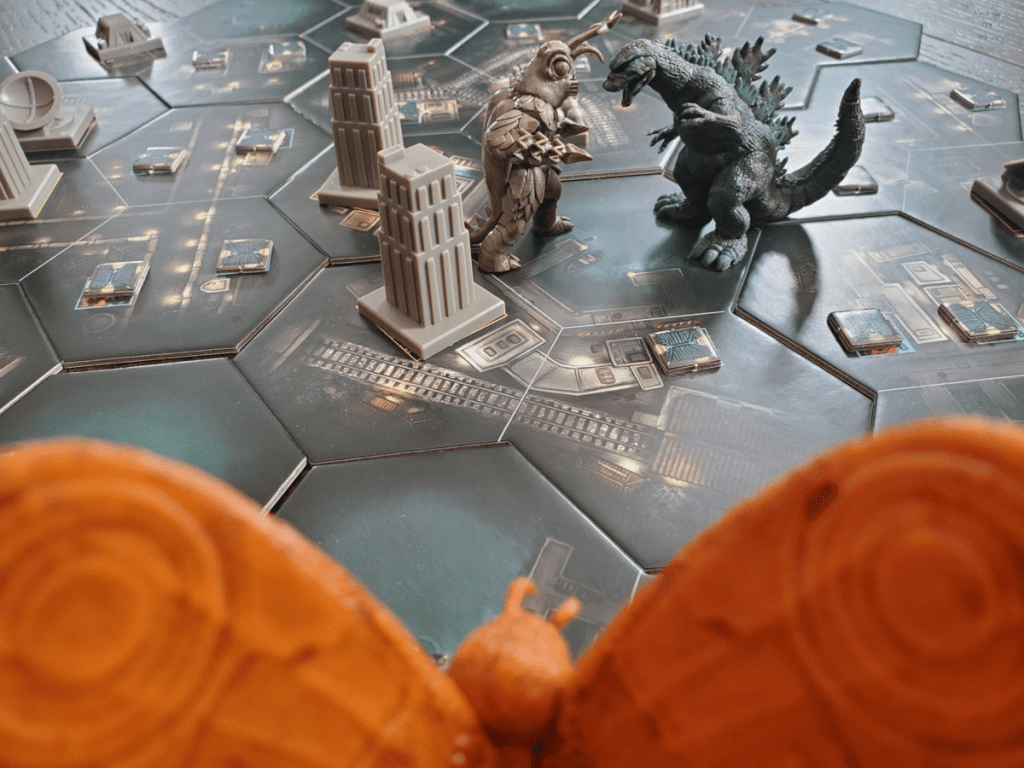
A damage track marks the game’s progress as the Oxygen Destroyer and the trail of leveled small buildings move toward each other. The battle lasts until the two paths cross. Two recurring Event placards are chosen and set in place for the later Event phase. Each Event brings a particular vehicle into the game—tanks, train cars, UFOs and the like. The vehicles will pester the Kaiju, but their greater function is to be tossed around the city like toys.
Players take the role of a Kaiju—familiar personalities of the monster genre. Tokyo Clash comes with Godzilla himself, the three-headed dragon King Ghidorah, the bipedal cockroach Megalon, and everyone’s favorite insect goddess Mothra.
Each Kaiju grabs a starting hex tile and a deck of battle cards to go with their player board, which will track the monster’s energy and provide a home base for keeping the cards organized. The Kaiju minis are spectacular, folks. Even this Dad struggled to follow his own rule with this one: the minis are NOT action figures! Just keep saying it, Bob. You’ll get through. One player randomly takes the King of Monsters token to become the first player and it’s battle time.

Campy battle action
Each round, players draw five cards into their hand from their deck. There are three card types: Move, Attack, Defend. Each card has an energy cost that must be paid from the Kaiju’s energy track. The card also has info about range and any special effects.
I know what you’re thinking, this sounds a bit like Unmatched. I promise you, it’s not. And here’s why. The object of the game is NOT to eliminate the other players. The Kaiju do not die. The object is to wreak havoc: to toss vehicles; to destroy buildings; to chuck the other Kaiju; to weaken the Kaiju by taking their cards as trophies until the Oxygen Destroyer forces everyone to call it an apocalyptic day.
Godzilla: Tokyo Clash is a game of chaos—pure and utter chaos. If you don’t approach the table with that in mind, the game will not land its fantastical blow on your imagination.
Back to the table. On every turn, players choose one of three actions. Playing a Kaiju card involves laying it down, declaring a target (if such a thing is necessary), and resolving the card. If the card is an attack, the target has a chance to defend by playing a card if one is available. If the attacking Kaiju “wins,” they take the difference between the attack and defense values and draw that many cards from the opposing deck. There is a Dominance Value in the corner of each card that ranges from zero to three. The victorious Kaiju can claim one card of a Value greater than zero as a trophy. The other cards are discarded.

On the one hand, the opponent’s deck is getting ever-so-slightly smaller. On the other hand, the discards are eventually shuffled back in, so the sting is barely noticeable. You simply have to embrace this strange and nearly insignificant reality and remember: it’s Kaiju anarchy in the streets.
Attack cards come with a choice: damage or throw. The Kaiju can choose to use cards to throw both vehicles and other Kaiju. Vehicles can be thrown into buildings or other Kaiju. As buildings are destroyed, they grant a boost in energy. Kaiju take one damage. The vehicles are destroyed in the process, also giving energy. If a Kaiju is thrown, they destroy one small small building or vehicle in each space they pass through, and they travel until they hit a large building or another Kaiju, up to the maximum attack value on the card. Throwing is all about gaining energy!
If the throwing bit sounds confusing, it’s not just you. It is a quirk of the game, but it only takes a round or so to adjust. This is good, because throwing is also a huge part of the fun. Picking up a tank and throwing it at King Ghidorah is a jolly good time. Picking up King Ghidorah and throwing him at Megalon is an even better time. And as energy is the reward, throwing is always a solid idea.
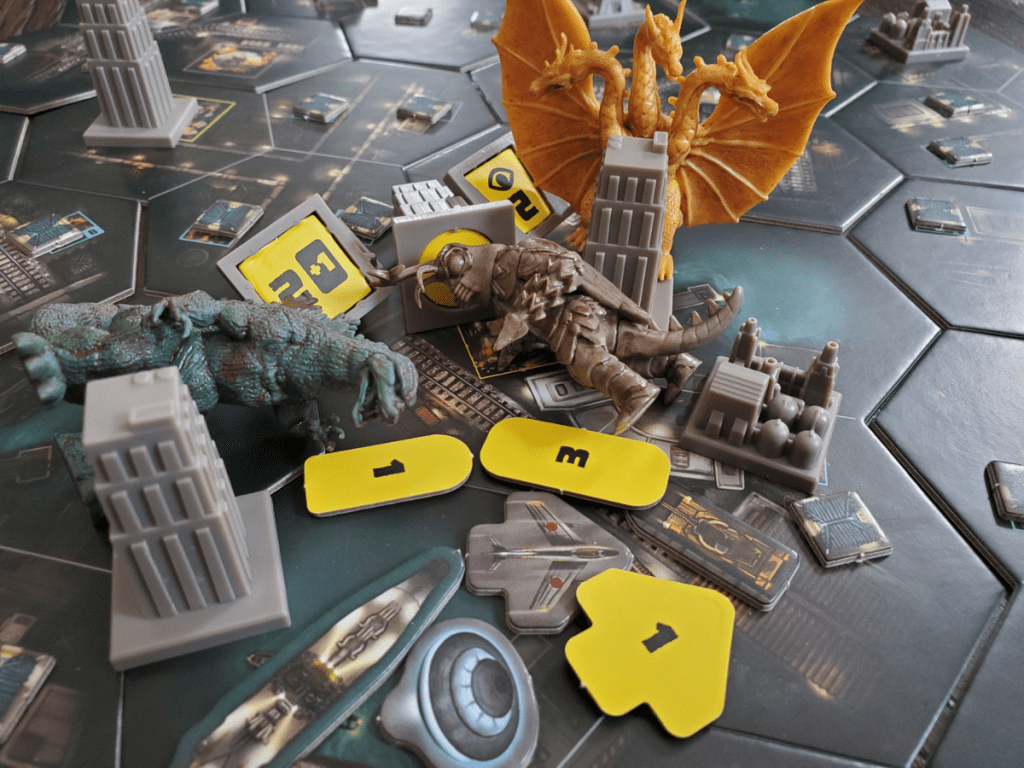
The other choice is to simply assign damage to a Kaiju. Ranged attacks—common to all Kaiju, including the entire repertoire of Mothra—live exclusively in this realm. Assigning damage is all about gaining those trophies. One additional reward could be the King of Monsters token, which is gained by assigning damage to the current King. Not only is the King the first player in each Action phase, but the token is worth a pair of extra Dominance points at the battle’s end.
A second action involves activating the Kaiju’s discard ability. These abilities often involve movement, gaining energy, or chucking something. Any one card can grant any one discard action. Many come with Momentum, which is the game’s term for a bonus action. Momentum opens the door to some killer combos—well, not killer, but annoying and barely damaging combos… of chaos!
The final action is Passing, which eventually becomes necessary when the five-card hand runs dry. When every player Passes in succession, the Action phase ends and the Refresh phase begins.
Refreshing involves discarding any number of cards out of hand and drawing back up to five. The Oxygen Destroyer is advanced one space, and the Events are triggered. Events typically introduce vehicles and advance them towards the Kaiju where they will inflict some minor inconvenience such as the loss of energy. However, they also then remain parked at the feet of a monster who loves to chuck things. What a glorious cycle!
As small buildings are destroyed, they are added to the Oxygen Destroyer track from the end moving towards the beginning. The game ends when they cross paths. If players embrace all the chucking goodness, destroying buildings in the process, the game might even come in under its suggested time of 45 minutes. At the conclusion, players total up the Dominance Value of trophies collected from the other players to determine a winner. As long as the city is destroyed, though, does the winner even matter? The Kaiju will just be back to do it again in the next movie.
Chaotic B-movie goodness
The most misleading part of the box is the big blue stamp in the corner that says Strategy Game. Hardly—but that doesn’t make this a bad game! Not at all, in fact. A more accurate stamp would read Chaotic B-movie Goodness! The value of this game is in embracing the chaos. I mean come on, Godzilla dropkicking Megalon until the Oxygen Destroyer drives the monsters away? The rulebook’s intro paragraph demands a certain pursuit of the absurd. There may be some strategy involved, but what is thoughtful preparation within such a bizarre premise?! The real fun is in running headlong towards destruction, chucking everything in sight. As far as I know, this Funko title did not garner consideration for strategy game of the year. Let’s not even entertain that pretense.

This game is for the Kaiju lover. To the Kaiju lover, this madness is the right kind of dip into the absurd waters of the Monster-verse! Low consequence. High payoff if everyone dials in for the adventure.
In teaching the game, I find it necessary to remind the players a few times that we’re not killing each other à la Unmatched, we’re destroying Tokyo by engaging in a bit of ‘ol fashioned wrasslin’ to see who gets the super-heavyweight belt. We’re not stomping or climbing buildings and punching them à la Rampage, we’re throwing everything we can lift like a sweaty actor inside a less-than-believable lizard costume. The more we choose chaos, the more fun we’ll have. Hiding in a corner to avoid damage until the right hand comes along is just plain useless. Discarding liberally to pull off massive combos is fun, even if it means there’s no room in the hand to hold defense cards. What is damage to King Ghidorah anyway?
It may be a small detail, but the Events portion in between rounds tickles my imagination. Watching new tanks appear and slowly creep toward the Kaiju is mildly entertaining. Sure, they’re just punch tokens, but they’re fun. One of these go ‘rounds, I’m tempted to pull out my copy of Moongha Invaders to steal the tanks and jets just to make it a bit more lively on the board. It’s somehow less weird to make the sound effects if you’re holding a little 3D fighter jet.
Godzilla absolutely begs for the max player count. At two players, it’s a cat and mouse game unworthy of the monster genre. And if one player happens to be Mothra—who cannot throw and fights exclusively from two or three spaces away—there will be no chaos in Tokyo, and no joy in Monsterland. I would consider this a three player minimum until the first expansions (I’m assuming, of course) hit. Max chaos, max vehicles, mass chucking, and mass destruction happen at four players. It’s also entirely possible to team up at four players on the fly to mirror the tag team action of the movies.
Our first plays were filled with laughter and shouting. These are not the sounds of a blue-stamped Strategy Game. These are the sounds of a B-movie dub track. To be honest, these are the sounds I want from a game like Tokyo Clash. Joyful noise. I can play with my friends and my kids without hesitation, so long as I can get enough of them to the table. In game, I can be an agent of disruption without regard to the score because I know it’s the experience we’re chasing. And there is an experience inside this little box if you’re looking for one.
But if I’m looking for a cheesy date night with my lady, I’ll probably choose the MST3K show of Godzilla vs. Megalon instead.


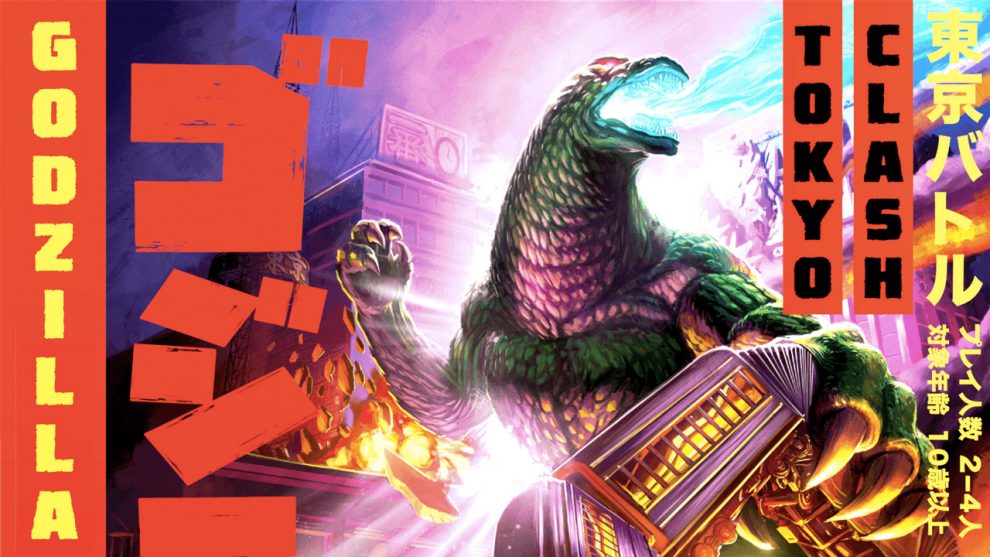

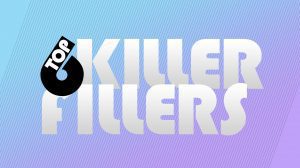

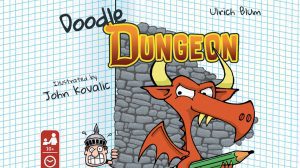
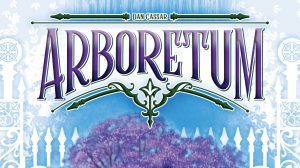




Add Comment